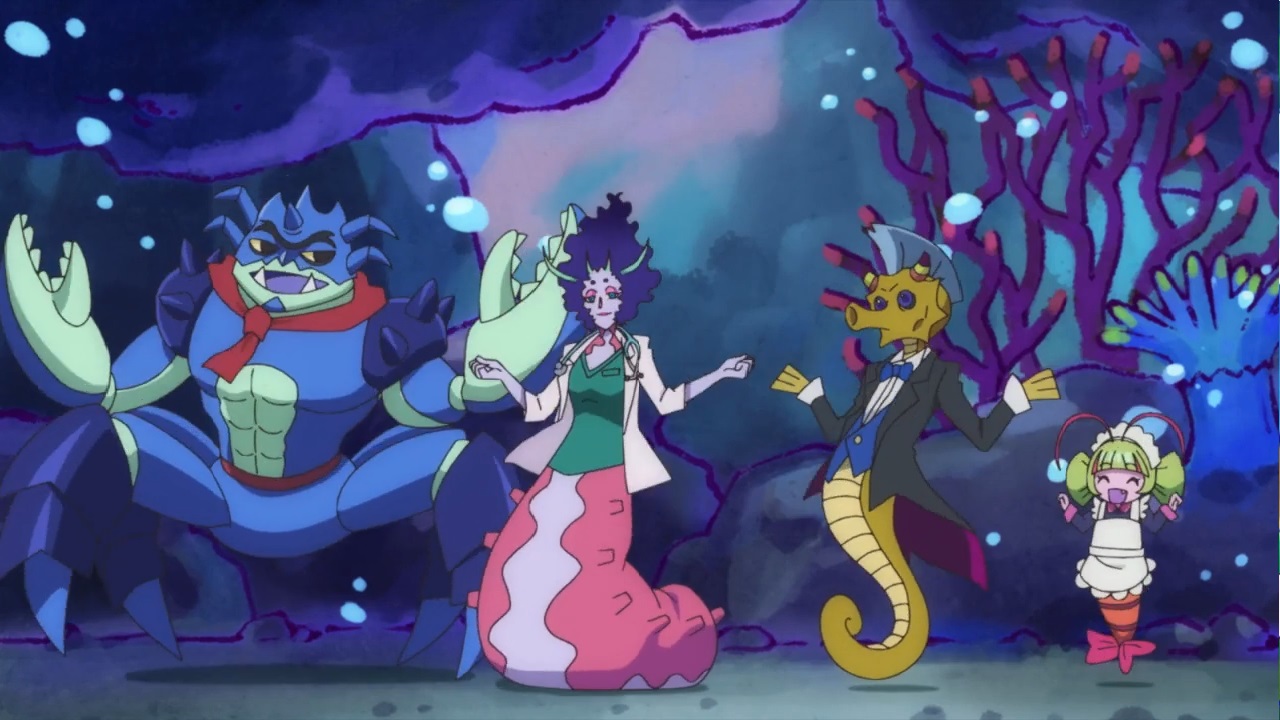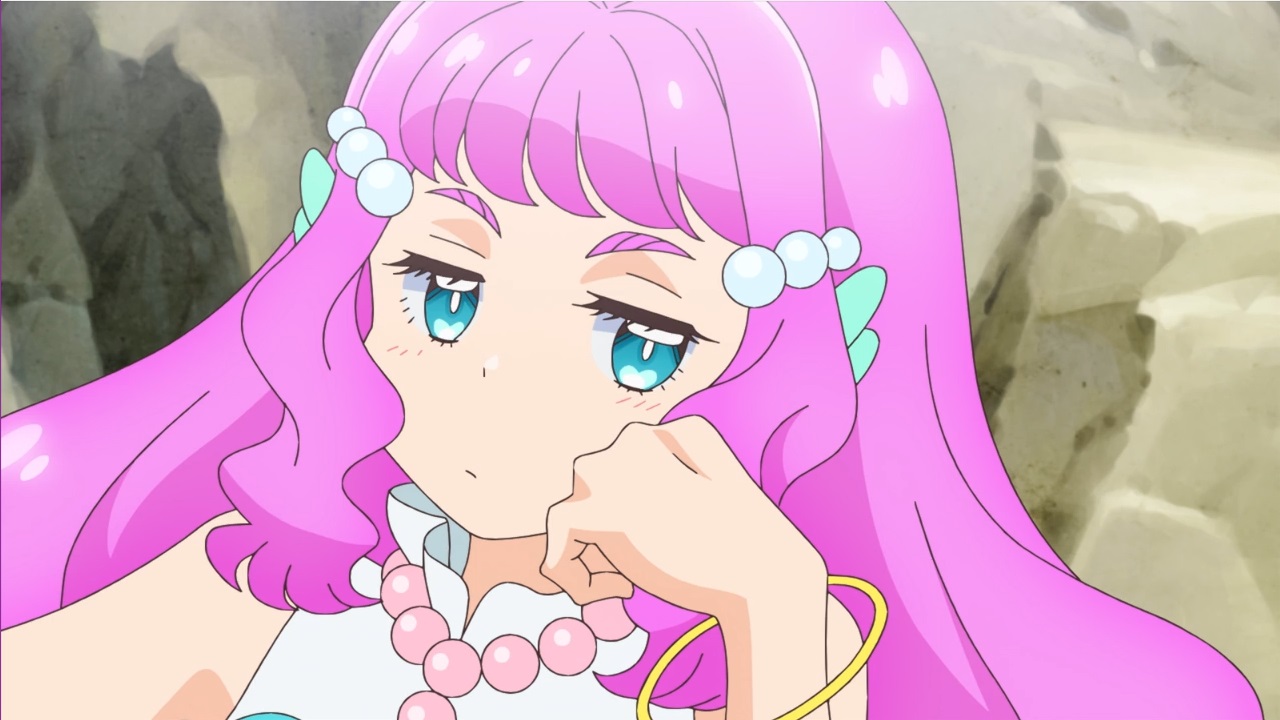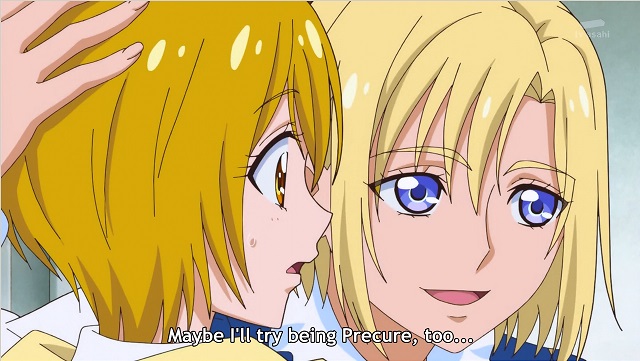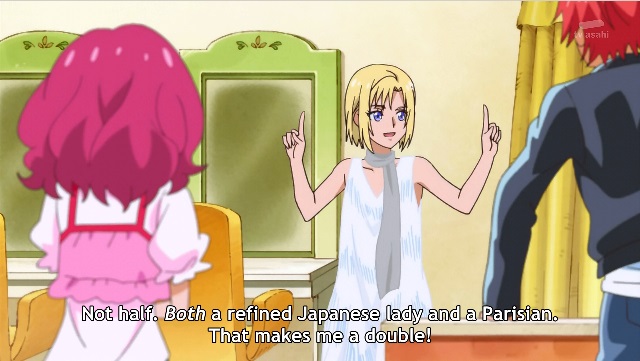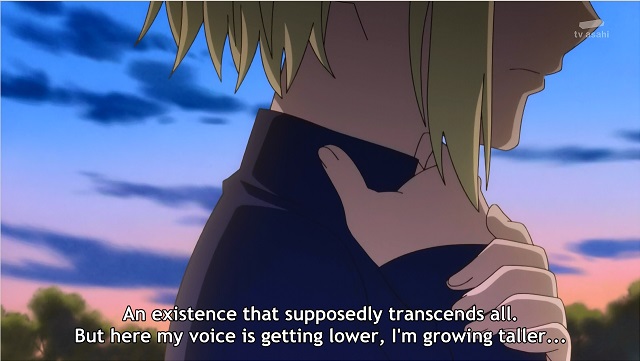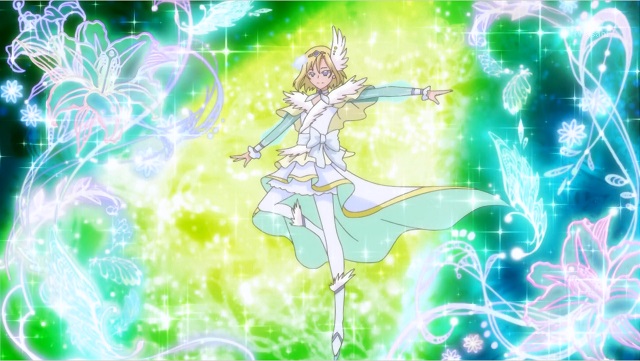In this age of simulcasting, when seemingly every anime series is available less than an hour or so after airing in Japan, there’s still a major category of shows that isn’t picked up: kids shows, especially those aimed at girls. Even massive franchise in Japan — Pripara, Aikatsu, frigging Precure don’t get an English language release, subbed or dubbed. (Well, there is Glitter Force, but that uses Precure the same way Power Rangers used its source material, chopped up and Americanised. It’s still a good show, but it isn’t really Precure anymore.) Kid shows then are one of the few areas where, if you want to watch them, you’ll have to rely on fansubs if you can’t speak Japanese and/or can’t watch the original airings.
Luckily there still are a few dedicated groups and fansubbers left devoted to those series, but oh the disappointment when they lose interest in a series you are following. Which was what happened for me with Kiratto Pri☆Chan, the reboot of the Pripara magical idol series, which ended last year after four seasons and some 200 episodes. I was enjoying the new series, but the original translator dropped it after less than ten episodes and the new one couldn’t English very well and in any case also seemed to have stopped doing them. A pity, because I was enjoying it. Kiratto had a bit of a twist on the traditional idol show, as it now revolved around a sort of magical Youtube, rather than performing idol shows. It had still the same beats as its predecessors, but I wanted to see where the series was going with it, but then the fansubs stopped.
Aikatsu Friends is the third iteration of the Aikatsu! franchise: the original series ran for 178 episodes and four seasons and was followed by the 100 episodes Aikatsu Stars, which guydolls in the mix and wasn’t received as well as the original. The latest series is a return to the original formula, with a new idol joining the idol school, teaming up with an already established hot new star, to take on various other idols in friendly competition. The change here is that it’s all about friendship, with the two aimed to become platinum friends and ultimately winning the platinum friends cup to become the top idol team. All this while transforming before performing in a sort of magical virtual reality, as shown above. This and Pripara are series that sort of made idols into magical girls and both originated as arcade video games, where you could unlock new outfits and characters and the like and that’s why each idol has her own transformation cards and usually a favourite clothing line. It’s much less toxic than the actually existing idol industry in Japan of course, but that’s why these series have this fantasy element. If you like magical girl shows like Precure with their devotion to friendship and helping each other overcome your weaknesses, you’ll probably like this too.
Which brings me neatly to the eight hundred pound gorilla of kid shows aimed primarily at girls: Precure, which has been running since 2004 and arguably ran every other kids magical girl series out of business. This year’s series, Hugtto Precure is its fifteenth and therefore an anniversary edition, which has resulted in a couple of guest appearances by the previous Precure. It has also been the most openly queer of all the Precure series, as we saw two posts ago. Sadly the entire Precure franchise remains mostly unavailable in the west, but there is the Americanised Glitter Force edit of two of the older series, which is worth watching if you have children in the right age (eight or so) because a lot of the fun of the original is still present in them. Much of what makes the present series so good is the interplay between Lulu, an android who worked for the big evil of the series until she developed an actual heart and Emiru, a slightly younger fan of the Precures who attempted to become one herself; in the end they both became members. Emiru and Lulu went from friends to close friends to an actual couple and they weren’t the only ones: her elder brother became the boyfriend of Henri, the first ‘boy Precure’ as shown in that earlier post.
The one kids show that is easily available over here is of course Pokemon: sun and Moon, which some purists dislike because it doesn’t look like the original, but since I’ve never seen it having been too old for it at the time, I quite like this series. The character designs are cute, it’s not all Ash all the time, the monster battles are more than decent and every few episodes they pull something really weird out of the bag, which is great. I never thought I’d be watching this but here we are, a hundred plus episodes in and still looking forward to it every week.
This is the eleventh post in this year’s twelve days of anime challenge. Tomorrow: Watching too much anime in 2018.

